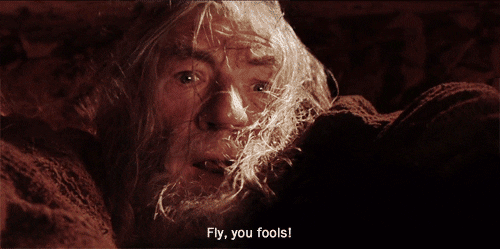In the fourth grade, I paid a boy $20 for a gold POG slammer, confident I could get more for it or trade it for an abundance of Sailor Moon POGs. I was wrong.
The POG economy was about to collapse, and a new playground currency would emerge—Pokemon cards. I had spent my last dollars on a worthless slammer (it turns out it wasn’t even real gold) that had no resale value at Dorset Drive Public School, stomping out any chance I had at getting in on Pokemon at the ground level.
I didn’t know it at the time, but I was the Greater Fool.
The Greater Fool theory posits that as long as you can find someone else to buy an overvalued asset off of you for more than you paid, you’re in the green.
- So while I was doing extra chores to earn a little cash to get my first pack of Pokemon cards, Brian S. had already taken my $20 and bought a whole binder worth of the things.
Besides playground economies, the Greater Fool theory applies to:
-
Real estate bubbles. The notion that real estate values only increase can lead Greater Fools to buy at the high point of a housing market fuelled by hype and scarcity.
- Art. How much a painting or sculpture is worth isn’t based on the value of the canvas, paint or materials but its cultural cachet and history. This can drive prices far beyond the actual value if a Greater Fool wants a Keith Haring in their foyer.
- Stocks. Investors might know a stock price is overvalued. They also might know the company is about to make a big announcement that could increase the price, so they buy beforehand, knowing they can offload it quickly.
You can avoid being someone’s Greater Fool by taking a value investing approach—looking at hard data to identify stocks trading below value, buying into those and holding. Don’t buy into the hype—do your due diligence before investing.
So adopt Mr. T’s life philosophy and pity the fool, don’t be one.
